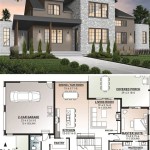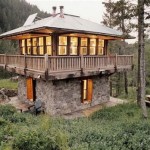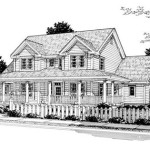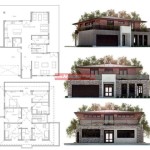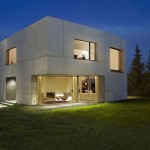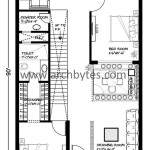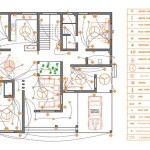Cabin House Plans With Basement: Essential Aspects and Considerations
Cabin house plans with basements offer a unique blend of coziness, functionality, and additional living space. Whether you're looking for a weekend retreat or a full-time residence, incorporating a basement into your cabin design can significantly enhance its overall appeal and value.
However, planning and designing basement cabins require meticulous attention to several essential aspects to ensure a comfortable and durable living space. Here are some key considerations to keep in mind:
Layout and Design
The layout and design of your basement should complement the overall character of the cabin. Consider factors like natural light, ventilation, and flow between the above-ground and below-ground levels. Ample windows and external access points will ensure a well-lit and airy environment.
Structural Considerations
Basements require sturdy foundations and walls to withstand the weight of the overlying structure and the surrounding soil. Factors like soil type, moisture levels, and potential seismic activity will influence the choice of foundation and wall materials. Consult with a qualified structural engineer to determine the appropriate design and materials for your specific location.
Moisture Control
Moisture management is crucial for basement cabins. Ensure proper waterproofing and drainage systems to prevent water seepage and moisture-related damage. Install a vapor barrier, foundation drain, and sump pump to control moisture levels and maintain a dry environment.
Ventilation and Air Quality
Adequate ventilation is essential to prevent stale air, condensation, and potential respiratory issues. Install mechanical ventilation systems such as fans or a heat recovery ventilator (HRV) to circulate fresh air and remove pollutants. Ensure sufficient cross-ventilation by providing windows or vents on opposite walls.
Thermal Insulation
Insulating the basement walls, ceiling, and floor is critical to maintain a comfortable室内温度 year-round. Choose high-quality insulation materials and ensure proper installation to minimize heat loss and prevent cold drafts. Combine insulation with air sealing measures to reduce air infiltration and further improve energy efficiency.
Egress and Safety
Safety should be a top priority when designing a basement cabin. Provide at least two means of egress, including doors and windows, in case of emergencies. Ensure that all openings meet building codes and provide adequate escape routes.
Additional Considerations
In addition to the essential aspects discussed above, consider these additional factors when planning your cabin house plan with a basement:
- Storage space: Utilize the basement for storage or a workshop area.
- Secondary living space: Create additional bedrooms, bathrooms, or a family room in the basement.
- Utilities and mechanical equipment: Designate a dedicated space for housing utilities, HVAC systems, and other mechanical equipment.
- Fire safety: Install smoke and carbon monoxide detectors and consider a fire sprinkler system for added safety.
By carefully considering these essential aspects and working with experienced professionals, you can create a cabin house plan with a basement that seamlessly integrates with the above-ground structure, provides additional living space, and enhances the overall value and enjoyment of your cabin retreat.

Small Cottage Plan With Walkout Basement Floor House Plans

Small Cottage Plan With Walkout Basement Floor

Small Cottage Plan With Walkout Basement Floor

Small Cottage Plan With Walkout Basement Floor

Cabin With Basement House Plans Floor Designs Houseplans Com

A Frame Cabin Plan Boulder Mountain

Vacation Cabin Plans For A Small Rustic 2 Bedroom Home Basement House Floor

Small Cottage Plan With Walkout Basement Floor

33 Awesome Log Cabin Floor Plans Tru Siding

Cabin Cottage Plans With Unfinished Basement Floorplan Layouts

